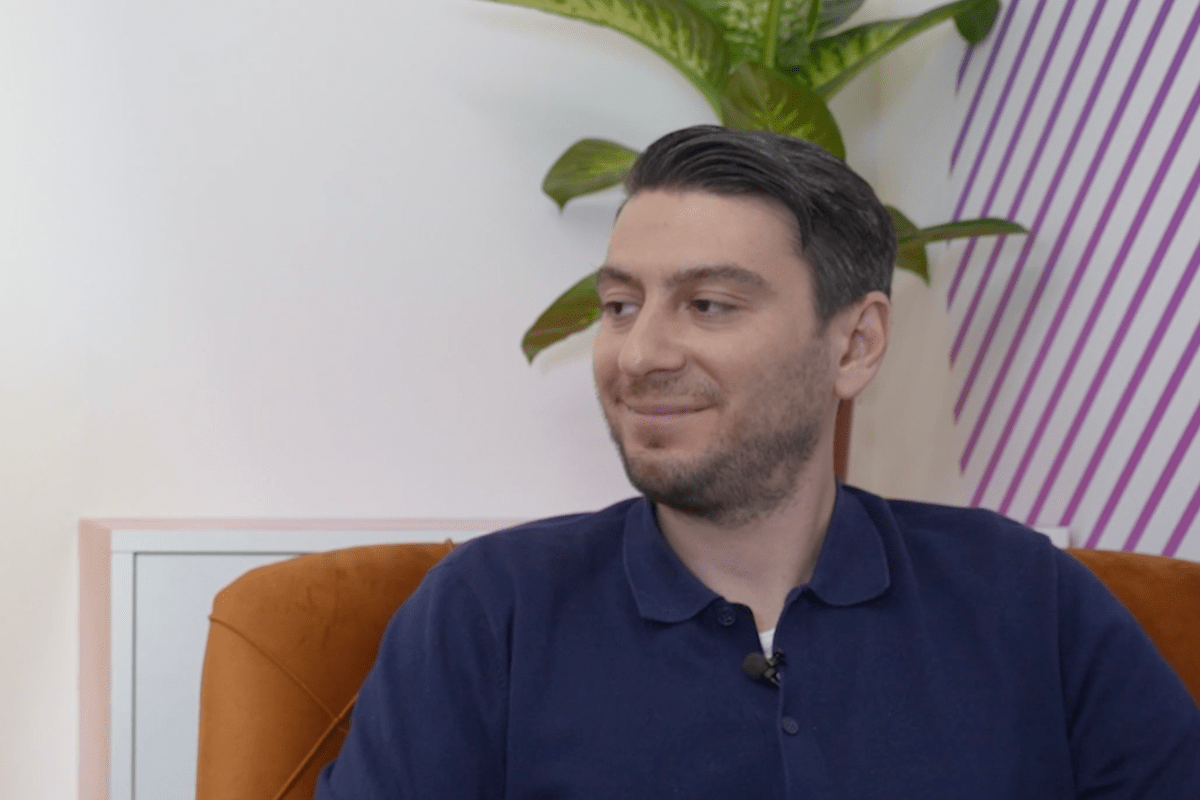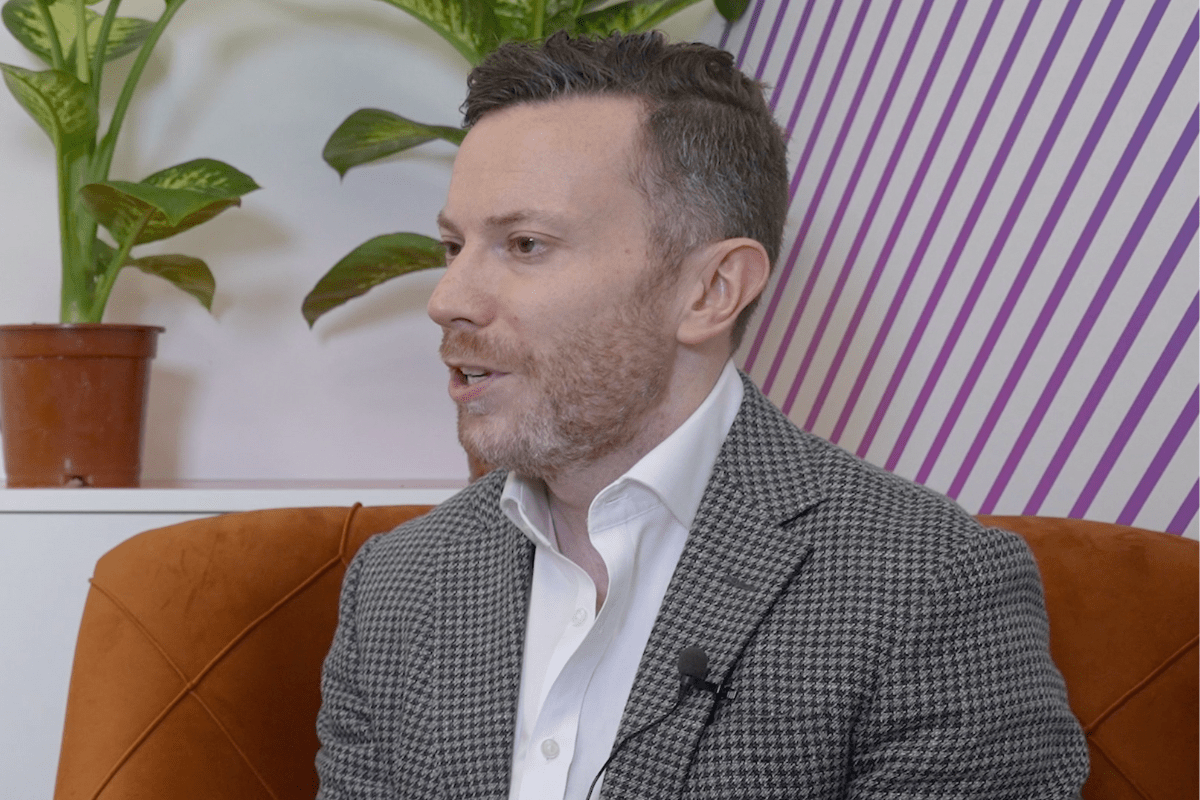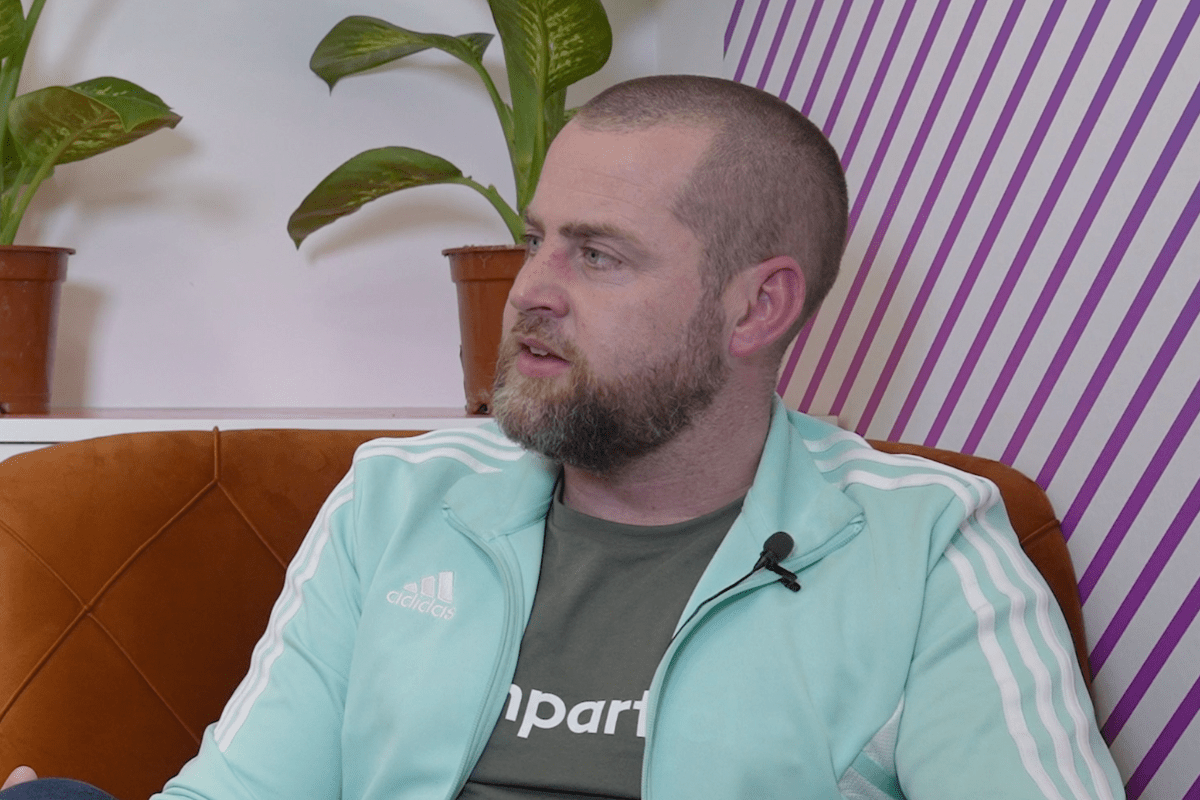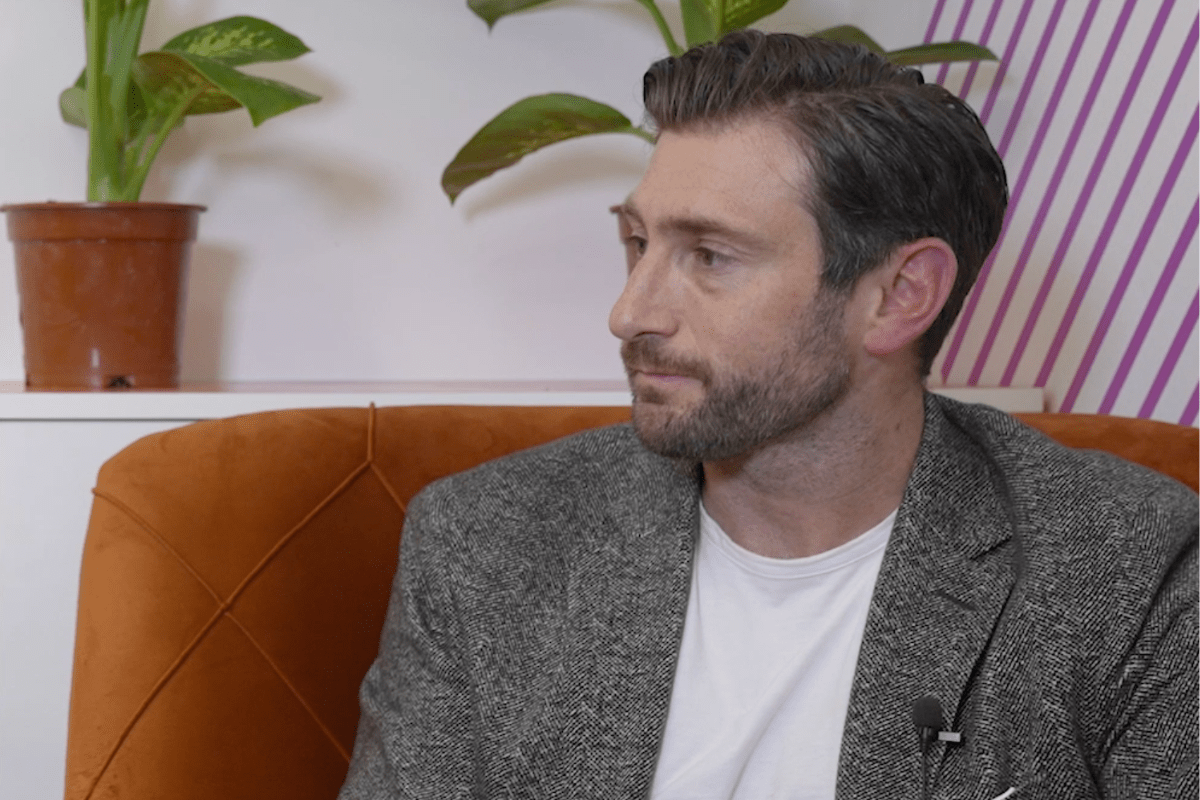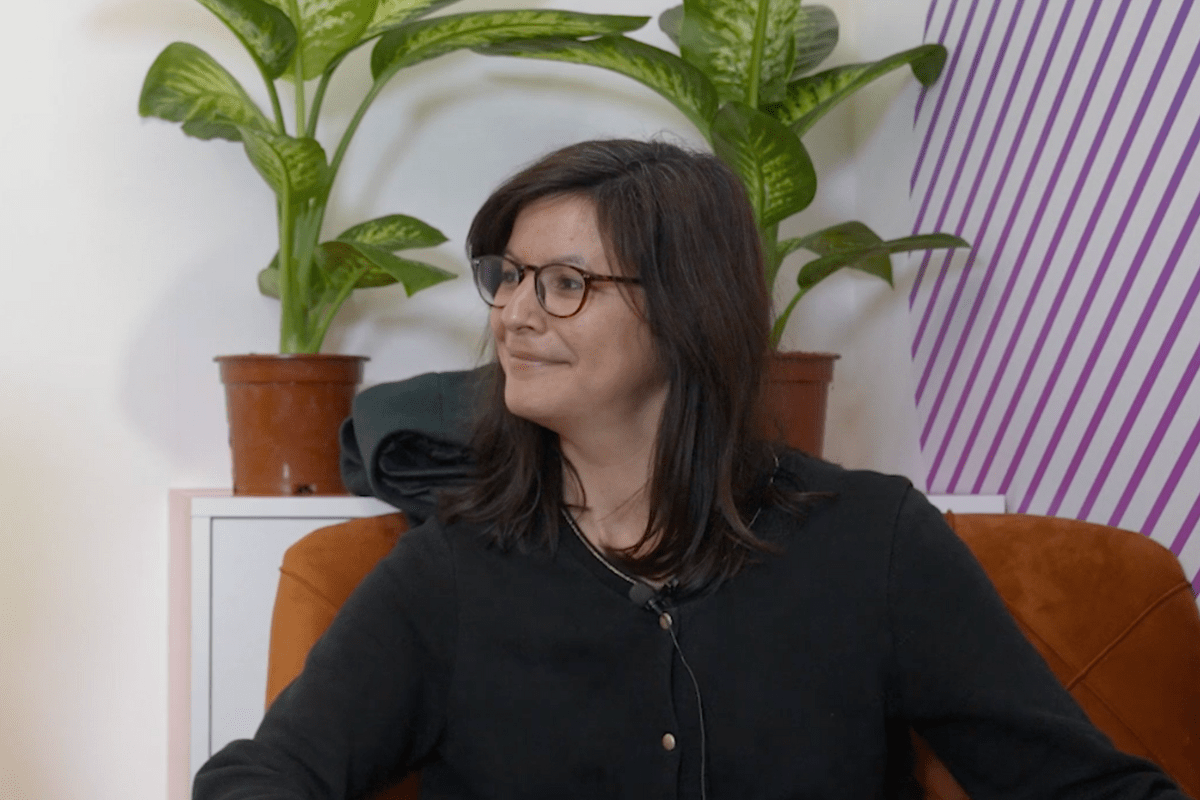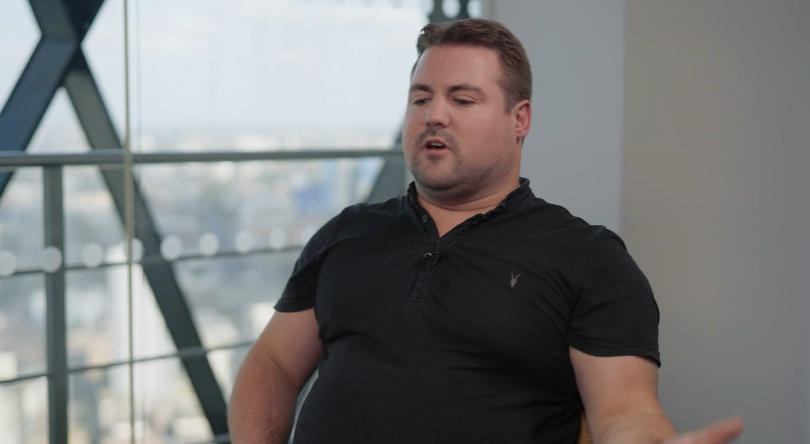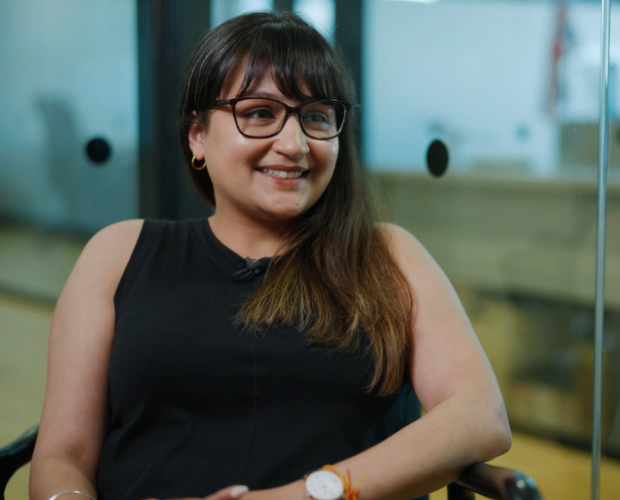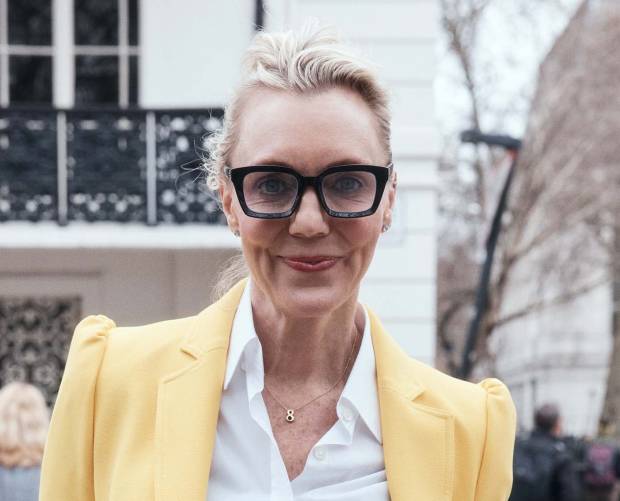David Murphy discusses the automation of advertising and the power of the triopoly with Marin Software founder and CEO, Chris Lien.
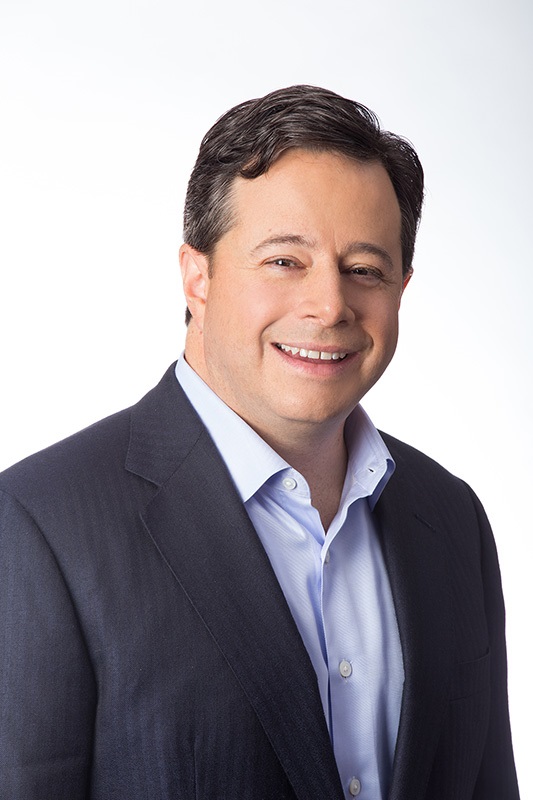 MM: So Chris give us the quick intro to Marin if you would please.
MM: So Chris give us the quick intro to Marin if you would please.
CL: Sure, we started out in 2006 with a goal to offer large advertisers and agencies a platform for the automated buying of online advertising. Initially we focused on paid search with the big search engines, Google, Yahoo Bing, Baidu, Yandex and Yahoo Japan. What we set out to do was give advertisers a platform they could use to measure, manage and optimise their online advertising.
If you fast forward to where we are now, more and more ad inventory has become automated and available to buy electronically, so we are focused on giving advertisers a platform that brings together the largest sources of inventory, namely Google, Facebook, and the fast-rising eCommerce offering, Amazon Advertising.
Now if you look at each of those, they are three silos with their own ad placements and their own use of data. They don’t inter-operate with each other, and they are mainly supported by tools that those publishers have created to support the buying of advertising on those properties, which is understandable. But the challenge is that we have consumers who are operating in a mobile-first world, who are jumping between different internet properties on the customer journey, so how does a business reach the consumer at different points on the consumer journey so that they can be made aware of a product and maybe purchase it?
So we are focused on the advertiser. We have a SaaS platform that brings together disparate sources of inventory across search, social and eCommerce advertising. We deliver better financial performance, with inventory bought on the most advantageous basis, and we also enable the advertiser to do this in the most efficient way possible. And earlier this summer we began the launch of MarinOne. This is our next-generation platform, a cross-channel offering that connects Google, Facebook and Amazon for the benefit of advertisers.
MM: So are you effectively combining the audiences of those three big players into one, across their three properties?
CL: Effectively. Behind the scenes, an advertiser might have a list of their customers, their CRM audience. Marin’s tech can target that audience on each of the publishers. You can use the tech to make that an audience you are targeting or one you are excluding. So large advertisers want to advertise to their customers, but maybe present a different offer to different groups of them. So with Ancestry, for example, if you are a customer only for their Family Tree offering, they would offer you their Genetic Testing Product, whereas if you were not a customer, then you would see the offer for their core Family Tree offering.
MM: So when you think of a company helping advertisers to buy inventory programmatically, you would tend to call them a DSP (Demand Side Platform). Is that an accurate description of Marin or does it undersell what you do?
CL: It doesn’t undersell us, but there is a subtle difference between us and a DSP. DSPs are predominantly buying biddable display advertising and generally buying it off the exchanges, so when you go to The Guardian, for example, and click on an online news page, the Guardian will send out ad calls saying they have available ads they could show this person, so does anyone on the exchange want to bid for this? We do not participate on these exchanges. We connect directly to the largest publishers, Google and Facebook and Amazon, so the ads are placed directly with the publisher; there’s no exchange-based buying. And we do also play in display through Google Display Network and Facebook Audience Network.
MM: But the inventory is traded programmatically?
CL: Yes, we would be considered a programmatic platform for buying advertising. What’s different is that it’s very transparent, the advertisers pay the publishers directly. So it’s an auction, but it’s one that is run by the publisher.
MM: And what about the other social platforms beyond Facebook?
CL: So when I talk about Facebook, it’s all the Facebook properties. We also work with Twitter and we keep a close eye on the likes of Snapchat and Pinterest, but to date, the demand from our customers has been heavily towards Facebook, Twitter and Instagram.
MM: And give us a feel for your advertisers, are we talking brands, app publishers?
CL: Our advertisers are large, well-known brands that operate round the world. Moneysupermarket is a big client in the UK. In the US, we have Dell Computer, Ancestry, GoDaddy, Mango and some other big companies I’m not allowed to talk about.
MM: OK so looking at the bigger picture, how do you see the digital marketing landscape right now? A lot of people in ad tech get somewhat annoyed about Facebook and Google’s dominance and now coming up on the rails you have Amazon. I guess working with all three of them you’re less put out by their dominance, but what’s your take on it?
CL: It is an unusual time in ad tech, where there is so much power centred on audiences, because ultimately advertisers pay to get in front of certain audiences and publishers have power because they can provide access to them.
The web is very concentrated. We see surveys where every incremental ad dollar went to Google or Facebook and I would add Amazon into that mix. But ad tech is a very dynamic segment and if you look at The Trade Desk or Criteo, these are companies that have done very well, so it is possible, but as I say, it is a dynamic segment. Europe is just getting through GDPR and many companies chose to leave Europe because they could not comply. So it’s a very dynamic space and it may not be for all people or all companies, but we find it exciting and energising to deliver value to advertisers.
MM: Do you think the digital ad tech business has cleaned up its act in the way that Procter & Gamble chief brand officer Marc Pritchard has been asking it to?
CL: I think he was primarily upset about programmatic display and video advertising, where a lot of ads were being sold below the fold, so they were not even visible but the publisher says they showed the ads. I think a lot of that sloppiness or fraud has been removed from the industry, but there are still issues around brand safety, particularly on YouTube, and amusingly, YouTube and Facebook are fixing that problem, mostly with people, because the algorithms are not good enough to police all the brand safety issues.
There is a tension between advertisers and publishers, because publishers want their ads to perform, but they also want to sell you more ads, and advertisers want to get in front of customers, but they don’t want to get in front of you so much so you are annoyed, so everyone is searching for the right level of ad load and frequency.
MM: So how does 2019 look from where you’re standing?
CL: I don’t see massive changes. The trends underway in 2018, in terms of the adoption of online advertising, the time we are all spending on the net, these are all well established and will continue to grow. All consumers are spending more and more time on mobile devices, so this will lead to more and more ads being targeted online.
So the challenges around brand safety, ad fraud, frequency, ad load and privacy (and how much information these very powerful internet companies have on their users and how is it shared) will all carry over into 2019, and for sure there will be some new ones too.
But these are very exciting, dynamic times. We talk about mobile versus desktop versus laptop, but below a certain age, they don’t refer to mobile at all, they are just accessing the internet and we are in a generational shift where eventually we will not think about mobile and non-mobile, and we will have internet access everywhere.
I’m also excited for the roll-out of 5G. It will give us more powerful mobile access to the internet in terms of being able to consume content and immersive ads and content experiences, so this will be an exciting way for advertisers to engage with consumers on mobile.




